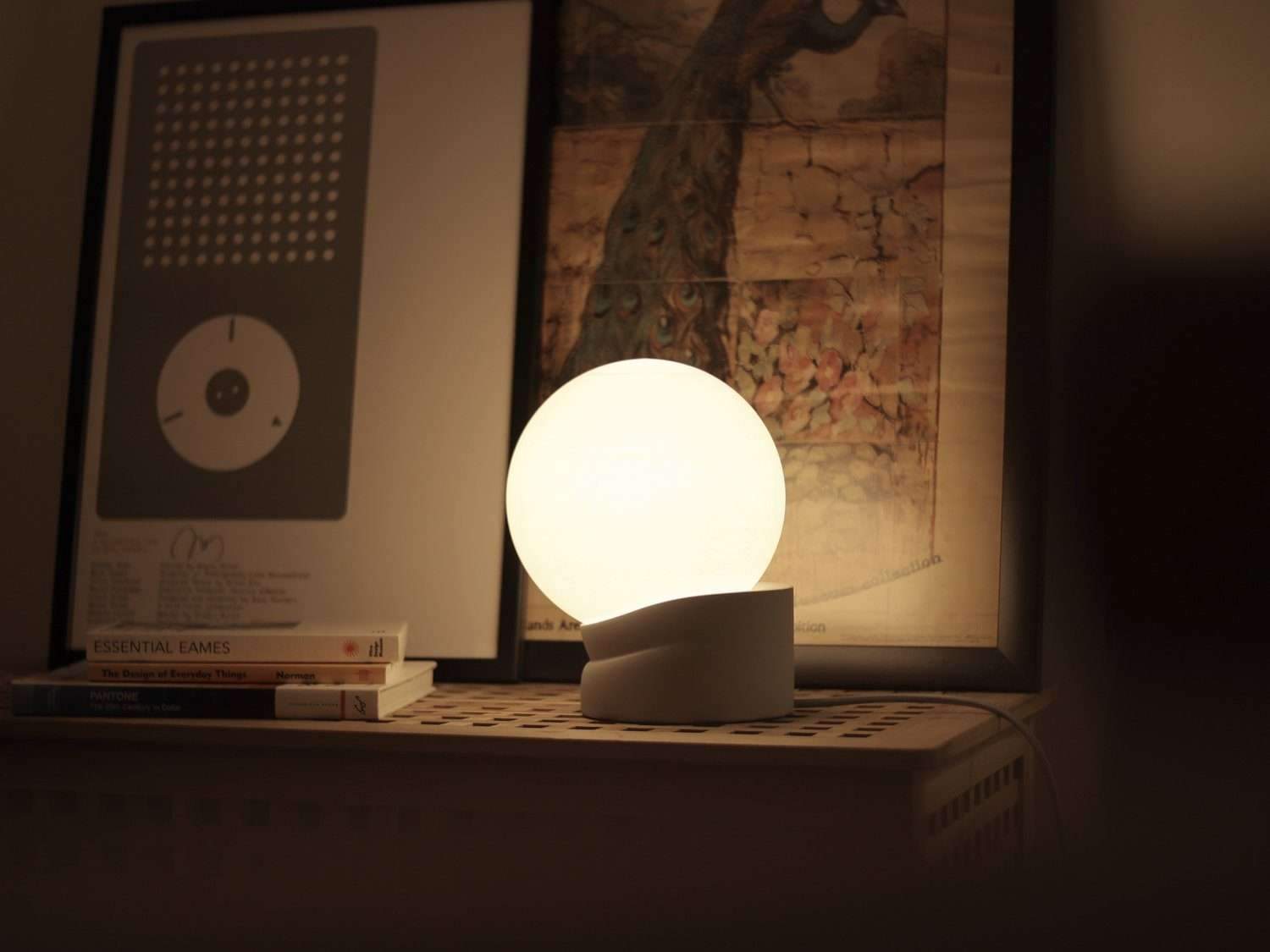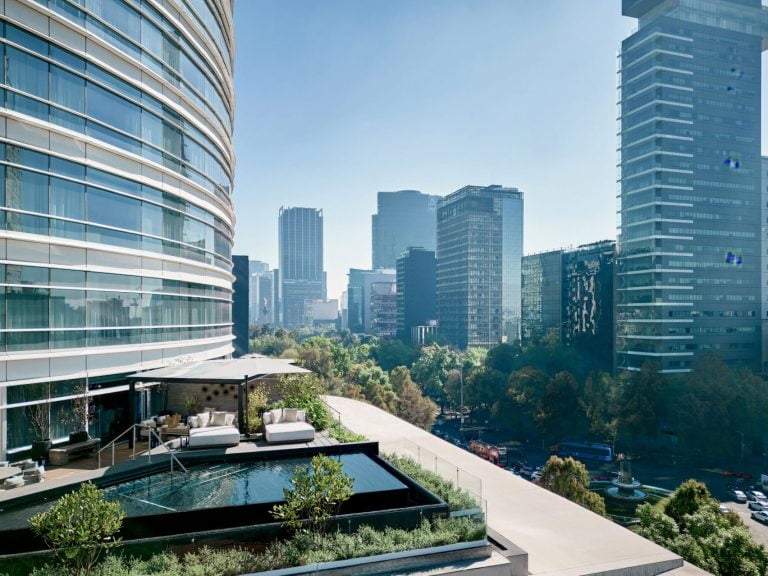The Architectural Solution to Unwanted Smells: Combating Cannabis Odor in Urban Spaces
Introduction: A Growing Challenge in the Cityscape
The legalization of cannabis in various regions across the United States has introduced new challenges for urban environments, one of the most noticeable being the pervasive odor of cannabis in certain city areas. For New York City, a place renowned for its architecture and iconic skyline, the presence of cannabis odor has sparked a discussion on how design and architecture can help manage and mitigate unwanted smells in both interior and exterior spaces.
The Science of Odor Control in Architecture
Odor management is a field in architecture that has grown in importance over recent years, especially in densely populated urban areas. The concept of “airflow engineering” has become central to modern building design, with architects working alongside environmental engineers to control and filter odors. Techniques like strategic ventilation, advanced filtration systems, and airflow optimization are key tools in mitigating undesirable smells, such as cannabis.
- Airflow Control: Buildings can be designed with pressurized entry systems to prevent outdoor odors from infiltrating interior spaces. In residential and commercial areas, this method allows for a controlled indoor environment, minimizing the seepage of unwanted smells.
- Filtration Technologies: High-efficiency filters, such as HEPA filters and activated carbon filters, have been shown to be highly effective in trapping odor-causing particles. These technologies are particularly beneficial for controlling cannabis odor, as they target the specific volatile organic compounds (VOCs) responsible for the smell.

The distinctive odors of various drugs, such as cannabis, cocaine, and methamphetamine, have a unique impact on the ambiance of architectural spaces, often altering the sensory experience within them. Cannabis, perhaps the most widespread, has an unmistakable, skunky, and earthy aroma that can cling to walls and fabrics, permeating both indoor and outdoor spaces, especially in poorly ventilated areas. Cocaine, though less noticeable in scent, can leave a faint chemical-like, almost gasoline aroma when smoked, lingering briefly in confined spaces. Methamphetamine, on the other hand, releases a pungent, acrid odor akin to ammonia or cat urine, which can penetrate deeply into building materials, making it challenging to remove without specialized treatments. These odors become most noticeable when the air is stagnant or in spaces with inadequate ventilation, leading to an uncomfortable atmosphere for inhabitants and visitors alike. Architectural solutions, such as advanced filtration, airflow optimization, and biofiltration, play a crucial role in minimizing the impact of these persistent odors, helping to maintain a pleasant environment in both public and private spaces.
Green Walls and Vertical Gardens: Nature’s Filter
Incorporating vegetation into architectural design has proven to be a successful strategy in reducing air pollutants and improving air quality. “Green walls” and “vertical gardens” not only enhance the aesthetic appeal of buildings but also help filter odors naturally through plant-based biofiltration.
- Biofiltration Efficiency: Studies indicate that certain plants are effective at absorbing VOCs, thus reducing the intensity of cannabis odors in outdoor spaces. Vertical gardens on building facades, such as those seen in cities like Milan and Singapore, serve as natural air purifiers.
- Case Study: The Bosco Verticale in Milan, with over 20,000 plants, showcases how vegetation can reduce air pollution by capturing airborne particles, and a similar approach could be adapted in New York to address odor control.
Smart Sensing and Responsive Ventilation
Advancements in smart technology have led to the development of “responsive ventilation” systems that adjust airflows based on detected odor levels. Sensors can be placed throughout a building’s ventilation system to monitor air quality and automatically activate odor-control mechanisms.
- Odor-Activated Ventilation: By using smart sensors that detect cannabis odor molecules, buildings can employ automated ventilation adjustments to expel the smell in real-time, ensuring that indoor air remains fresh.
- Real-World Application: Similar systems have been implemented in large public venues, like stadiums and shopping malls, where crowd density can lead to an accumulation of odors. These systems can be integrated into city spaces, especially in high-traffic areas.
Outdoor Solutions: Designing for Airflow and Diffusion
Architectural planning for outdoor spaces can play a critical role in managing and diffusing odors in urban settings. By manipulating airflow patterns around buildings, architects can help ensure that odors do not become stagnant in certain areas.
- Architectural Openings: Design elements like open corridors, strategically placed breezeways, and vented facades encourage air movement, preventing odor buildup in outdoor areas.
- Case Example: The High Line in New York City, designed with open green spaces and elevated walkways, allows air to flow freely across the structure, reducing the impact of urban smells on visitors.
Community and Architectural Policy for Odor Management
Finally, the success of odor management in urban environments relies not only on individual buildings but also on broader urban policies and design regulations. Architectural codes can play a role in implementing odor-control solutions across entire neighborhoods, ensuring a pleasant environment for all residents and visitors.
- Zoning and Design Regulations: By requiring odor-control systems in high-density cannabis areas or entertainment zones, cities can protect the quality of life in urban spaces. Los Angeles, for example, has implemented guidelines for odor management in cannabis facilities, a policy that New York could adapt to suit its urban needs.
Conclusion: Designing a Breathable City
Through thoughtful architectural design, innovative filtration technologies, and strategic urban planning, cities like New York can address the challenge of cannabis odor. By taking an integrative approach that combines engineering, environmental science, and architecture, urban spaces can be transformed into pleasant, odor-free environments that enhance the experience of city life. As architects, we have the responsibility to design cities that respect all the senses, ensuring that the future of urban living is as clean and fresh as it is visually inspiring.







